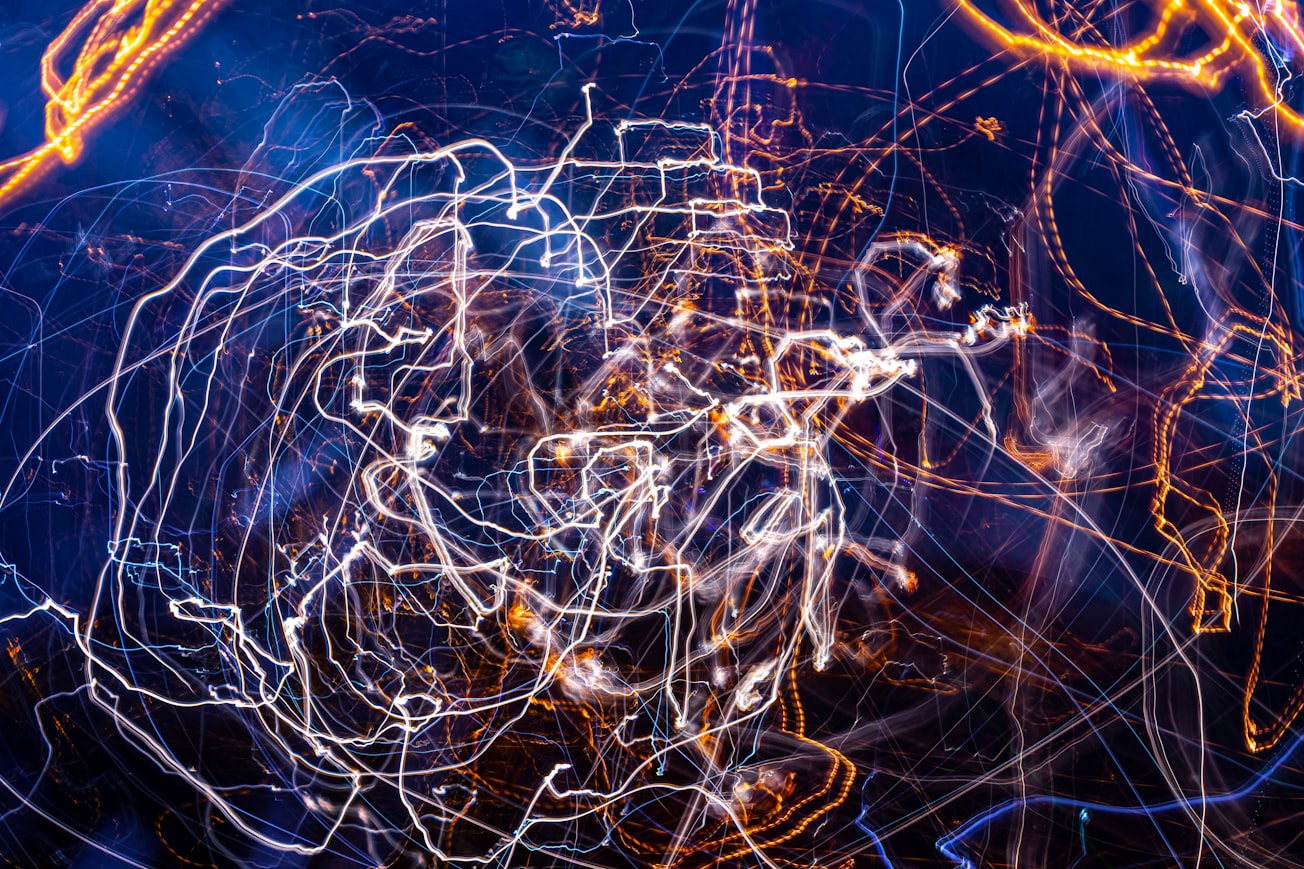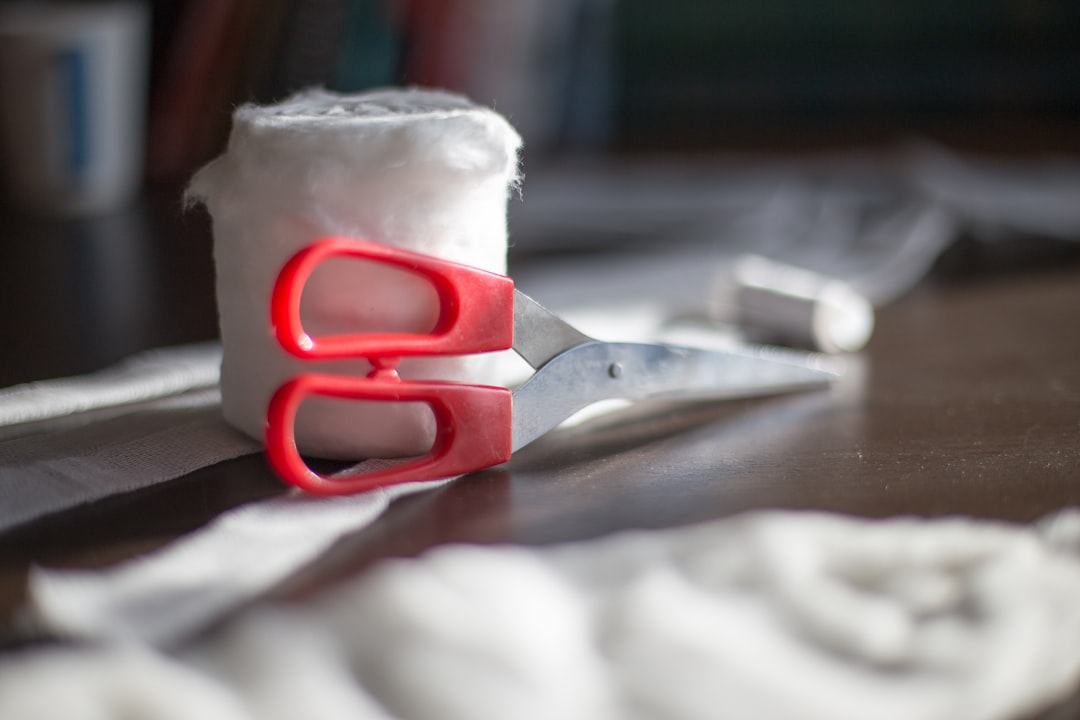What is it about?
This paper presents a unique and powerful nuclear magnetic resonance (NMR) method that allows for straightforward and extensive comparison with electrostatic models for biomolecules and their complexes. The method utilizes paramagnetic relaxation enhancement (PRE) arising from analogous cationic and anionic cosolutes whose spatial distributions around biological macromolecules reflect electrostatic potentials. This NMR method enables de novo determination of near-surface electrostatic potentials for individual protein residues without using any structural information.
Featured Image

Photo by WrongTog on Unsplash
Why is it important?
Electrostatic potentials are important information for our understanding of biomolecular functions as well as for protein engineering and drug design. Typically, electrostatic potentials around biomolecules are computed from three-dimensional structures. However, the theory behind this computation is approximate with some limitations. Validation of the electrostatic theory through experiments is therefore essential, yet remains inadequate. This paper presents a unique spectroscopic method to experimentally determine electrostatic potentials near the molecular surfaces without using any structural information. This method allows for examination of theoretical electrostatic potentials for many different regions of biomolecules. Structure-independent determination of electrostatic potentials for various biomolecular systems may lead to improvement of theoretical models, which would ultimately have broad impacts on basic research and pharmaceutical development.
Perspectives
We believe that this work has added a new capability to NMR spectroscopy.
Junji Iwahara
University of Texas Medical Branch
Read the Original
This page is a summary of: De novo determination of near-surface electrostatic potentials by NMR, Proceedings of the National Academy of Sciences, June 2021, Proceedings of the National Academy of Sciences,
DOI: 10.1073/pnas.2104020118.
You can read the full text:
Contributors
The following have contributed to this page










